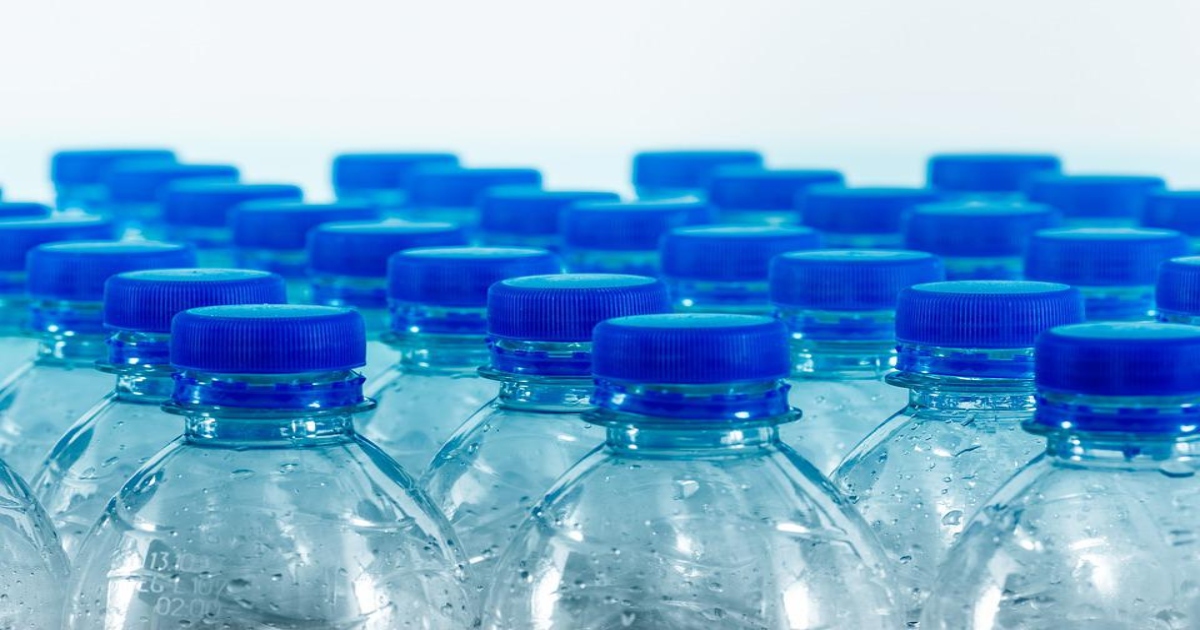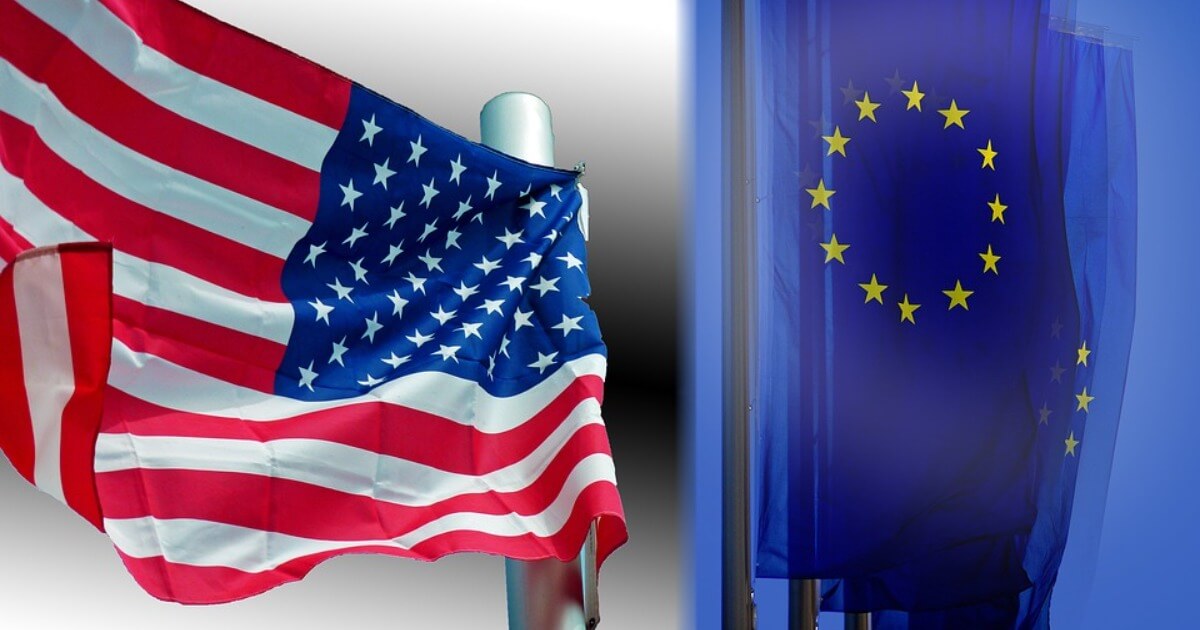Bottled Water: How Pure Is It?
Microplastics from plastic water bottles can be found everywhere — in meat and dairy products, fish, human blood and even close to the summit of Mount Everest.
August 7, 2022

This summer, it’s hot, if you haven’t noticed. In a desperate effort to keep cool, we are drinking more bottled water than ever. Perhaps we shouldn’t.
French NGO ‘Agir pour l’Environnement’ (Acting for the Environment) put France’s best-selling mineral waters under the microscope.
It scrutinised Evian, Perrier blue bottle, Vitell, Volvic, Cristaline, Badoit, and the supermarket chain Carrefour’s water from the Montclar spring in the Alps. Results of their tests were released in late July. 78 percent were contaminated with miniscule fragments of plastic less than 5 millimeters long.
Microplastics everywhere
They’re everywhere, these microplastics. Scientists have found them in meat and dairy products, in fish, in human blood — even close to the summit of Mount Everest. Most of the microplastics, the report concluded, came from plastic bottles.
Moreover, when subjected to strong heat and light it found that “These water bottles could release even greater quantities of microplastics.” Umm, would that be the plastic bottle nestled alongside you on your beach towel in the sun?
Plastic kettles and baby bottles also shed microplastics, researchers at Trinity College Dublin reported last October. If parents shake baby formula up in hot water inside a plastic bottle, they calculated the infant could end up swallowing more than one million microplastic particles each day.
From pure to polluted
We’ve tended to assume that a bottle of water sourced from a spring would be devoid of impurities. It is — until the water goes into the bottling process. In 2018, scientists at the State University of New York tested plastic bottled water and found twice as many plastic particles in it than in tap water.
Danone and Nestlé, producers of bottled waters, dismissed the French NGO’s findings. So, too, did trade association NMWE (Natural Mineral Waters Europe).
Responding for the bottled water industry, it said not enough was yet known about the subject. Even the World Health Organization (WHO) agreed.
It concluded there was insufficient information to draw a firm conclusion on the toxicity of microplastics, and no reliable information suggesting it was a concern.
Might as well eat your credit card
Really? A 2019 World Wildlife Fund report concluded that through normal water and food consumption, the average person consumes an estimated 5 grams of plastic each week — the size of a credit card.
Toxic chemicals also adhere to the surface of plastic such as the film we use to microwave food or supermarkets wrap our produce in. “The possibility of plastics in our fruit and vegetables is extremely alarming,” said ocean campaign director for Greenpeace USA, John Hocevar.
He added: “Decades of plastic use have contaminated our air, water and soil. Eating just a bite of an apple could now mean eating hundreds of thousands of bits of plastic at the same time.”
He called for additional studies, “To assess how much plastic we are consuming through our produce each day and examine how it is impacting our health.”
In response to the French NGO’s findings, NMWE did agree that microplastics are “everywhere,” even in the air we breathe, with over half caused by car tyres and building construction.
Not enough regulation
The NGO isn’t happy with that statement. It believes there is not enough regulation over bottled water. “It is unacceptable to let bottled water manufacturers sell water polluted with microplastics but presented as supposedly ‘pure’.”
Not so long ago, Dasani bottled water, a CocaCola product worth $3.79 billion in sales, was discovered to be no more than common tap water to which they add table salt and Epsom salt — magnesium sulphate, which is why the brand was pulled from the UK market.
Conclusion
So, you might safely conclude that you can drink almost any old tap water, as long as it’s not stored in one of the billions of plastic bottles headed for landfills but in your own insulated metal bottle to keep it cold.
Takeaways
Microplastics from plastic water bottles can be found everywhere -- in meat and dairy products, fish, human blood and even close to the summit of Mount Everest.
We assume that a bottle of water sourced from a spring would be devoid of impurities. It is -- until the water goes into the bottling process.
Through water and food consumption, the average person consumes an estimated 5 grams of plastic each week -- the size of a credit card.
In 2018, scientists at the State University of New York tested plastic bottled water and found twice as many plastic particles in it than in tap water.
You may as well drink almost any old tap water as long as it’s not stored in one of the billions of plastic bottles headed for landfills.

